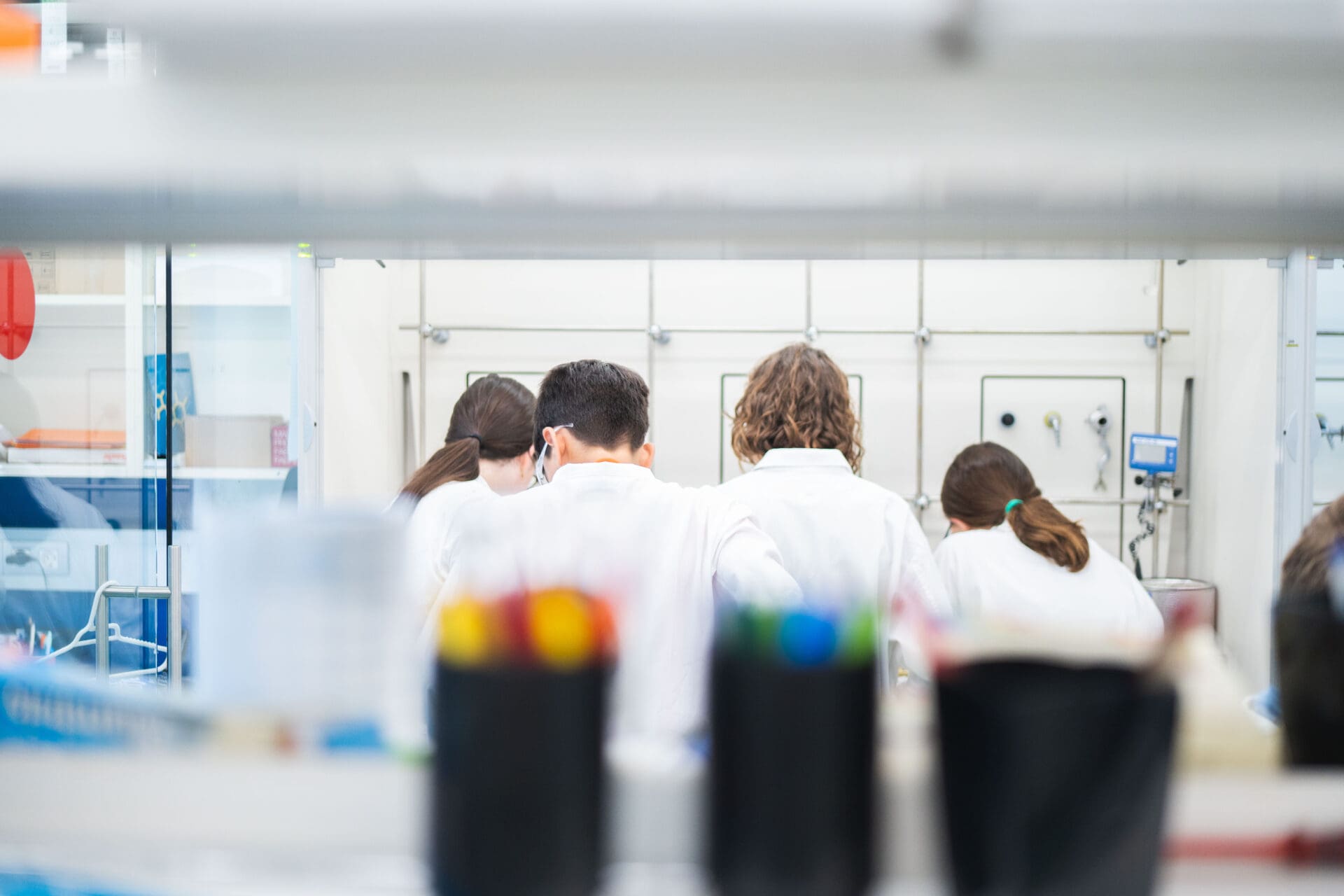2025 ICIQ Calendar
The United Nations has officially declared 2025 the International Year of Quantum Science & Technology. For that reason, ICIQ has prepared a new edition of the ICIQ Calendar, dedicated to Quantum Chemistry and nicely illustrated by Elena Pedrola, former member of the ICIQ Communication and Scientific Outreach unit.

-
January

Energy can only be emitted in definite amounts or quanta. Energy is quantized or restrict to specific levels, like climbing a ladder, one rung at a time.
-
February

Light behaves like a particle, called photon. A photon can discharge an electron from an atom if it collides with a greater energy than the electrostatic attraction.
-
March

The electrons travel around the nucleus of an atom in distinct circular orbits, or shells. The model is also referred to as the planetary model of an atom.
-
April

Matter, and light, have both wave and particle properties. The wave-particle duality is the start of quantum mechanics.
-
May

Two or more identical particles cannot simultaneously occupy the same quantum state. In an atom, two electrons cannot be at the same time in the same state or configuration.
-
June

This equation describes the energy and position of an electron in space and time, which describes how the quantum state of a physical system changes over time.
-
July

One cannot simultaneously know the exact position and momentum of a particle. With an image of a rollercoaster car, we would only be able to precisely calculate its speed or its location.
-
August

The Dirac equation for an electron moving in an arbitrary electromagnetic field explaines the origin of electron spin and predicts the existence of antimatter.
-
September

This method describes the behaviour of π-electrons in unsaturated molecules, particularly in aromatic compounds.
-
October

Bonded nuclei maintain an optimal distance (the bond distance) balancing attractive and repulsive effects explained using the principles of quantum mechanics.
-
November

To find the probability that a particle (a photon or an electron) at point A ends up at point B at some later time, one must consider all possible paths it can take.
-
December

DFT simplifies the complex problem of electron interactions in many-body systems, using the electron density to investigate the electronic structure of matter.


















